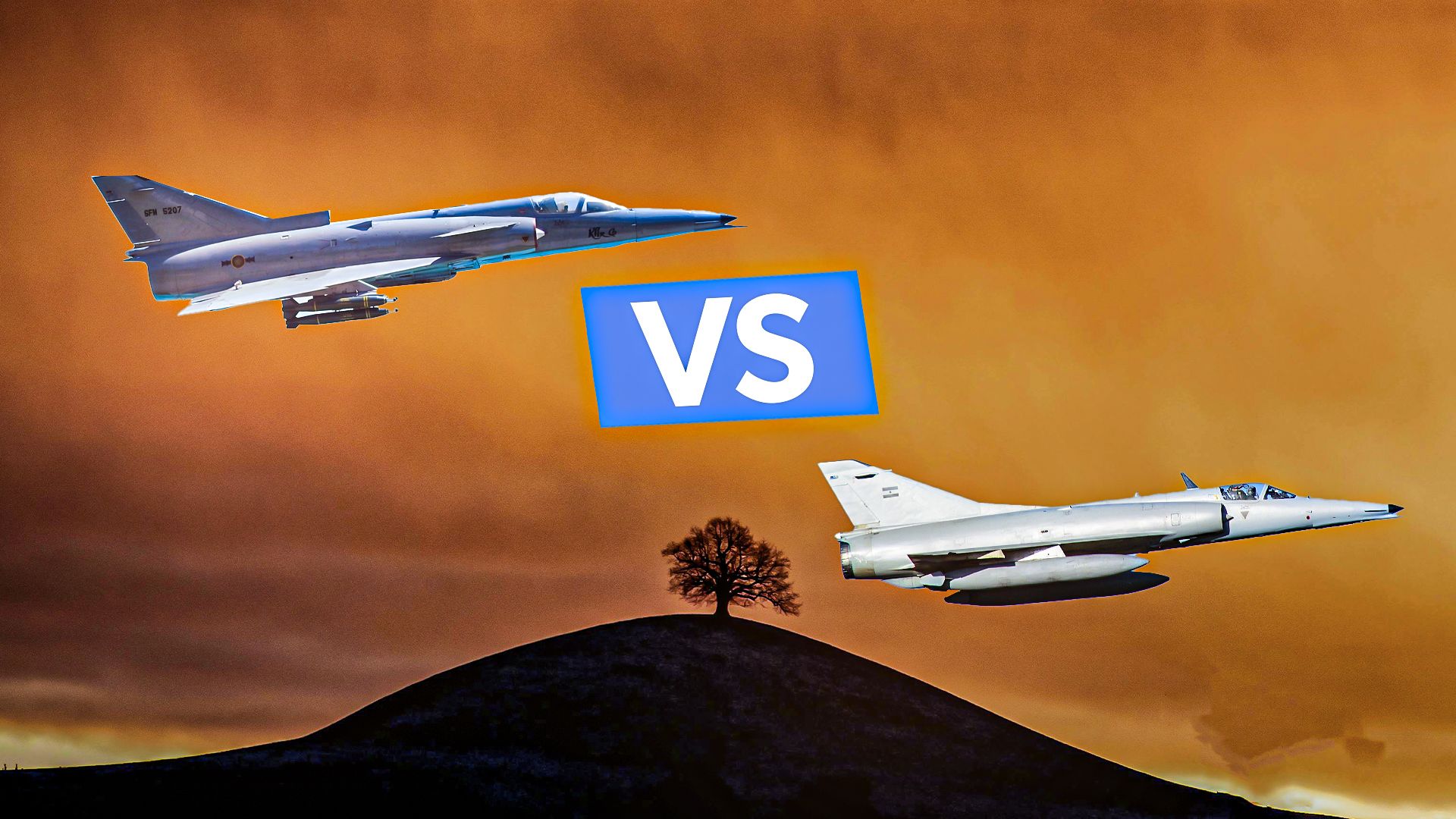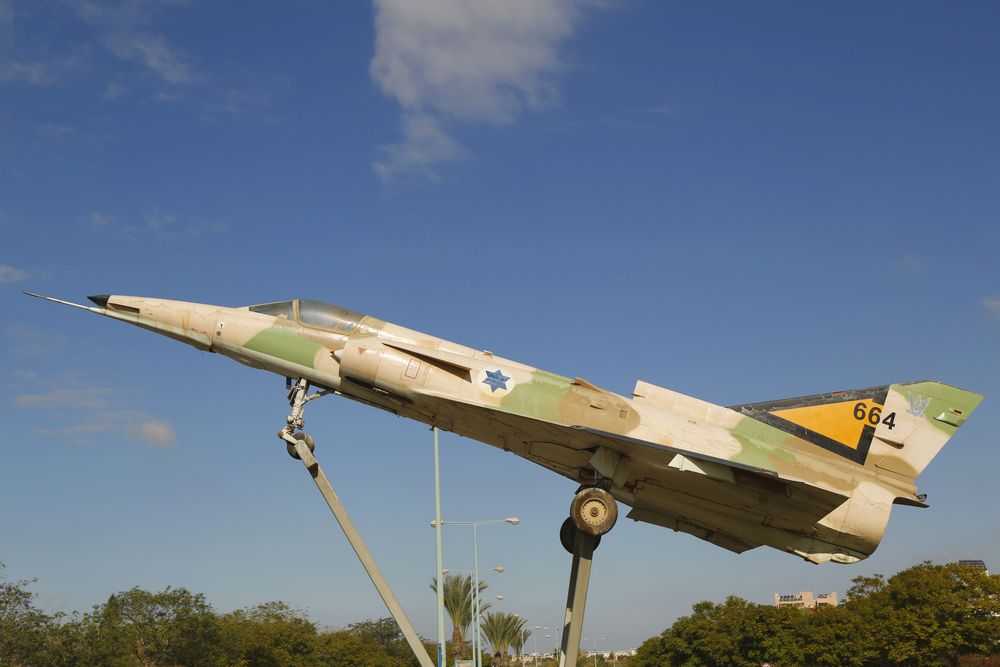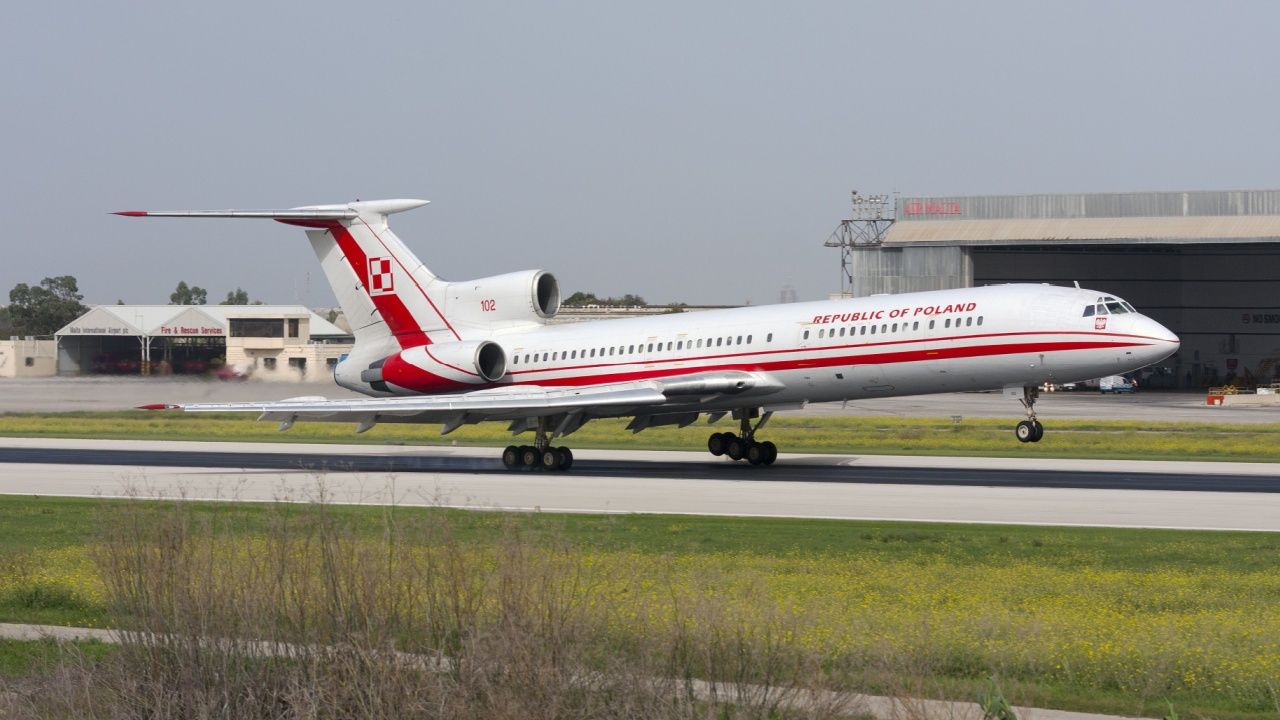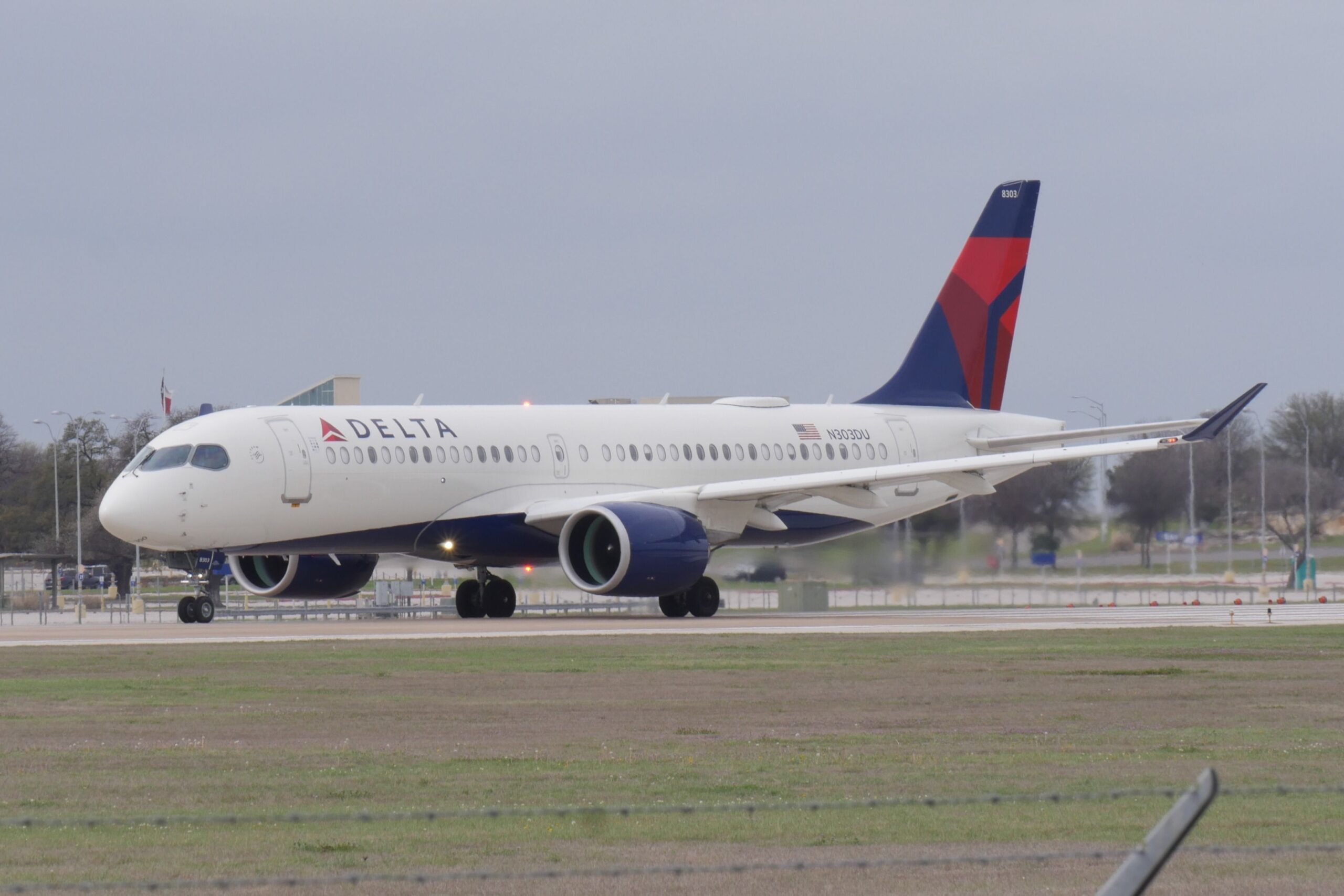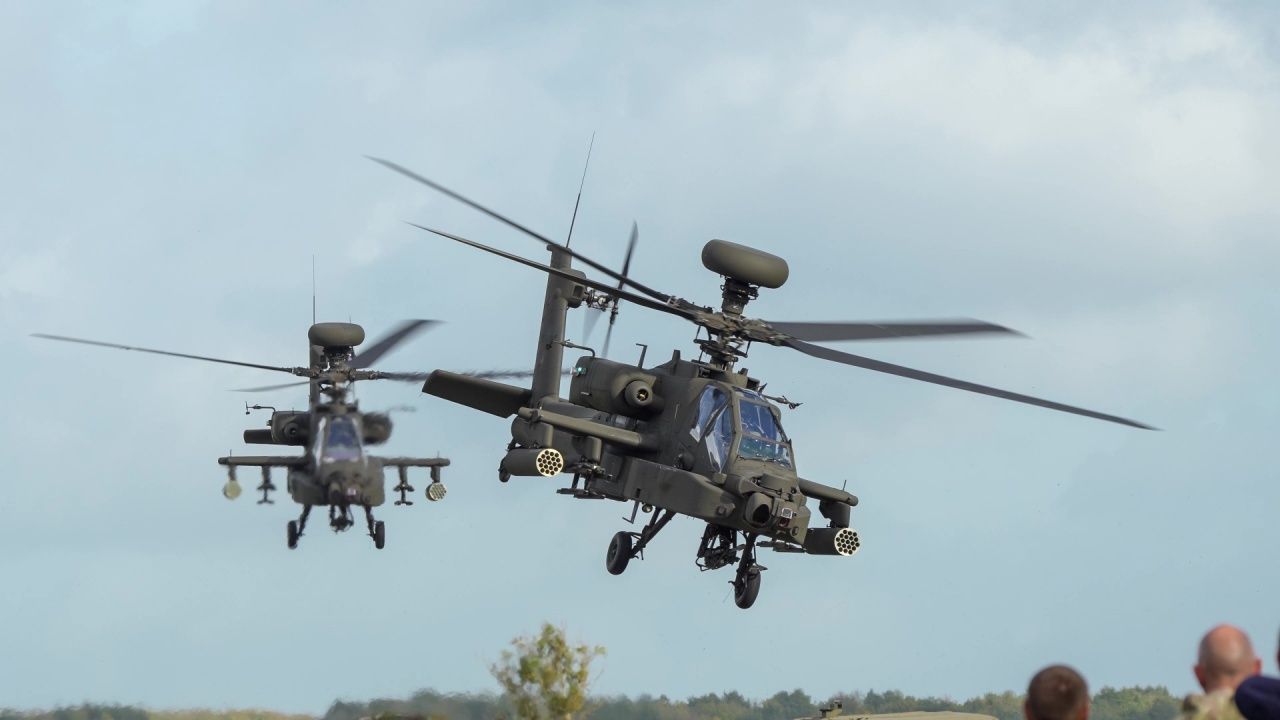Summary
- French military embargo on Israel due to strained relations in the late 1960s.
- Israel reverse-engineered the French Mirage to develop the Nesher fighter jet.
- Nesher and Kfir fighter jets played significant roles in Israeli and export military operations.
In the 1980s and 1990s, Israel developed the IAI Lavi (an aircraft based on the American F-16). But this wasn’t the first time Israel has produced its own domesticated aircraft. Israel has produced the IAI Kfir and the IAI Nesher, derived from the French Mirage V. France was Israel’s main arms supplier during the 1950s and early 1960s.
However, relations between the two countries soured in the mid-and late 1960s and Israel decided to go it alone and develop its own fighter jets. Today, all combat fighter jets of the Israeli Air Force are American-origin.
French military embargo on Israel
At the time, the Israeli Air Force heavily relied on the French Dassault Mirage IIIC fighter. The French worked with the Israelis and developed the Mirage V with modifications to suit Israeli needs for a ground attack fighter. Israel purchased 50 Mirage Vs for $200 million.
Photo: Leonard Zhukovsky l Shutterstock
But before they could be delivered, relations with France nosedived as Charles de Gaulle was elected president. He sought to repair French relations with the Arab world and moved to reduce relations with Israel. He imposed an arms embargo against the region in 1967 just before the outbreak of the Six-Day War (this mostly affected Israel). Israel wouldn’t be getting the fighter jets it had already paid for. France later imposed an arms embargo on Israel in the wake of the 1968 Israeli raid on Lebanon.
But Israel was not in a position to accept not receiving fighter jets. It then worked to steal the plans for the French Mirage so that it could reverse-engineer it. One article of the time spoke of Alfred Frauenknecht (the man who stole the Mirage designs): “...he sold 20 crates full of secret plans, records, and tooling instructions to Israel for $200,000. The alleged transfer of the plans began in the fall of 1968.”
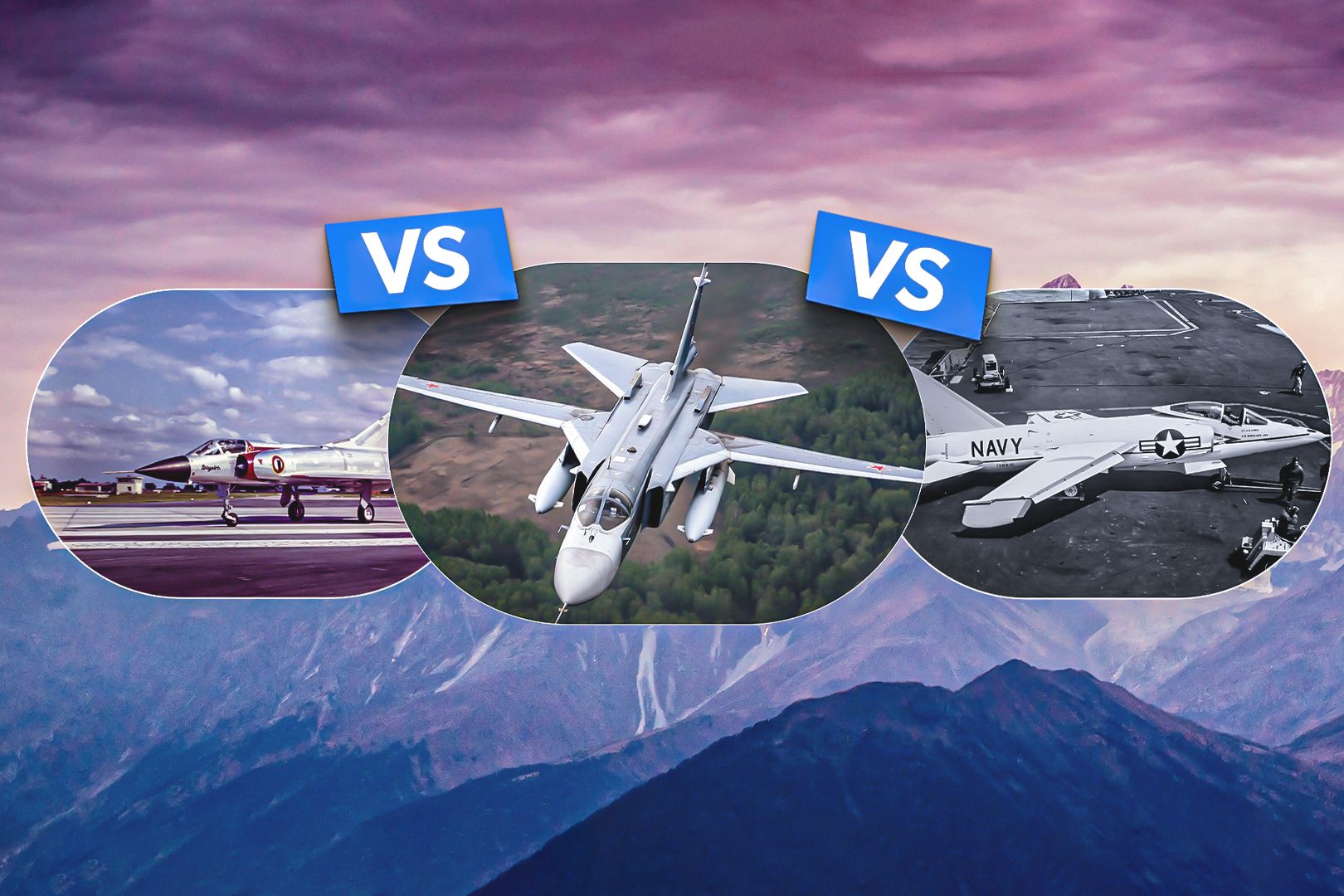
Related
Cold War Knock-Off: Was The Su-24 A Copy Of The US F-111 & French Mirage?
The Su-24 continues to be used by Ukraine and Russia and observers point out it copied many aspects of contemporary Western jets.
The Israeli IAI Nesher
Armed with the plans for the French Mirage, the Israelis set to work building their own fighter jet. The first jet the Israelis built was the mostly reversed-engineered Mirage V – the IAI Nesher (“Griffon Vulture” or “Eagle”).
|
Israeli IAI Nesher |
|
|---|---|
|
Number built: |
61 |
|
Retired: |
by 1981 (Israeli service) |
|
Role: |
Multirole fighter |
|
Max speed: |
Mach 2.1 |
|
Powerplant: |
1 × SNECMA Atar 9C afterburning turbojet engine |
The construction of the new fighter began in secret in the Ben Gurion Airport facilities and the Nesher first flew in 1971. Neshers were then rapidly supplied to the Israeli Air Force, and it would go on to see action in the Yom Kippur War of 1973 (in one engagement, six Syrian MiG-21s were downed by two Neshers). Over the course of the war, the Nesher-flying “First Fighter” squadron alone was credited with 59 victories for the loss of only 4 planes.
Photo: Meoita l Shutterstock
The Israelis built 51 single-seat Nesher A’s and 10 double-seat B’s before its production ended in 1974 as Israel switched to the more advanced Kfir. After the Yom Kippur War, the Nesher was quickly retired and replaced with the Kfir (between 1978 and 1981).
The Israelis exported the Nesher to Argentina (as the “Dagger”). In all, some 39 Daggers were exported to Argentina and these took part in the Falklands War of 1982 when they took on British Sea Harriers. They damaged several British ships (including the HMS Plymouth, Ardent, Brilliant, Broadsword, Arrow, and Antrim), and the British, in turn, shot down 11 Daggers. The remaining Argentine Daggers have since been retired from Argentine service.
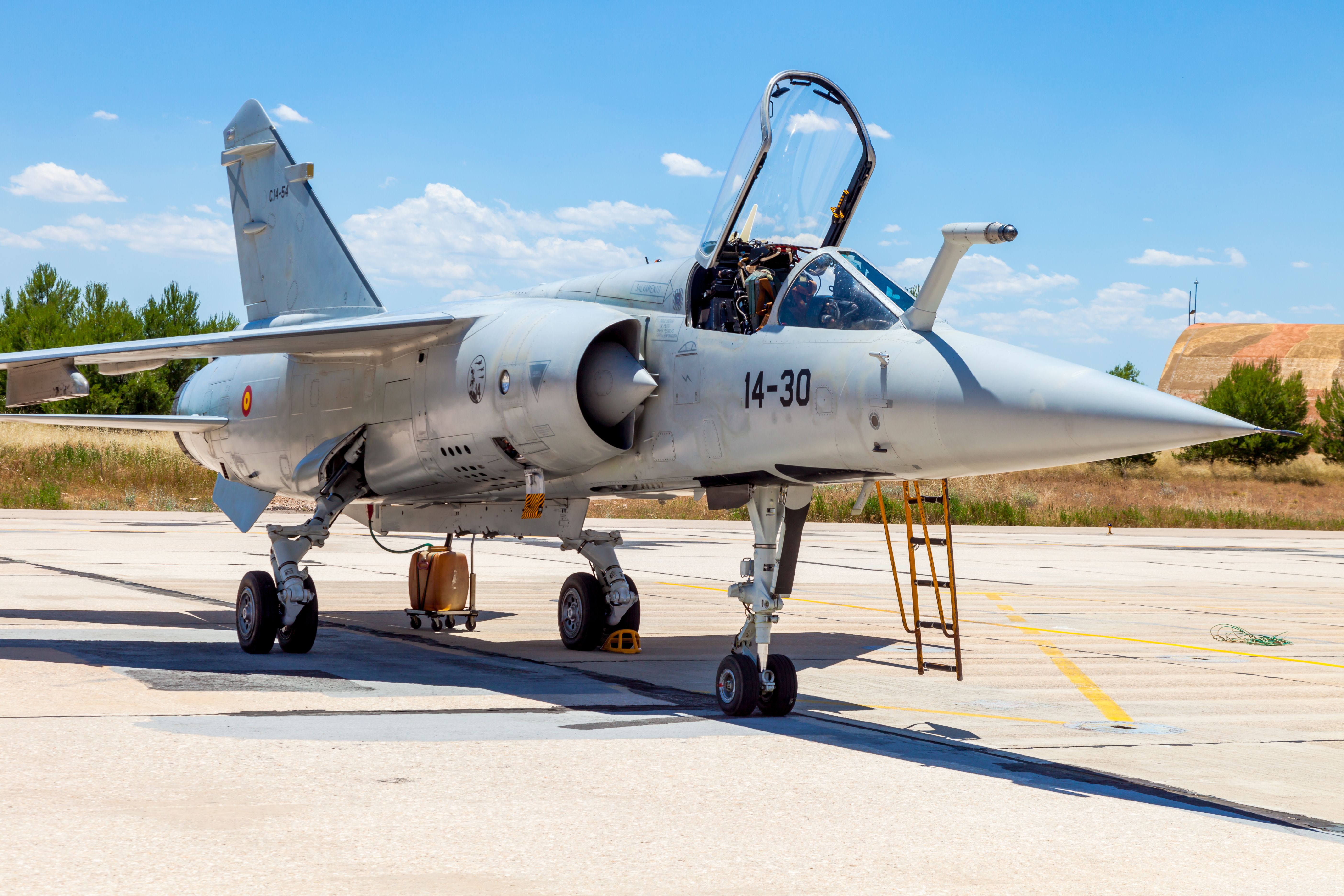
Related
The Dassault Mirage F1: Everything You Need To Know
The fighter is popular for its lightweight structure and excellent maneuverability.
The Israeli IAI Kfir
Having built the IAI Nesher, the Israelis worked to upgrade it, resulting in the development of the IAI Kfir – an all-weather multirole combat aircraft. The aircraft was fitted with Israeli avionics and an Israel-built version of the GE J79 engine.
|
Israeli IAI Kfir |
|
|---|---|
|
Number built: |
220+ |
|
Retired: |
later 1990s (Israeli Air Force) |
|
Role: |
Fighter-bomber, multirole combat aircraft |
|
Max speed: |
Mach 2.3 |
|
Powerplant: |
1 × General Electric J79-J1E turbojet (built by Israeli Bedek) |
The Kfir proved a capable aircraft with impressive specs and had a maximum speed of 1,520 mph, plus it was able to carry a wide range of armaments. The engine produced 11,900 lbs of dry thrust and 17,900 lbs with afterburners. It was armed with two Rafael-built 30mm DEFA 553 cannons while its missiles included the AIM-9 Sidewinder, Shafrir Aam, AGM-65 Maverick, and the Shrike Anti-Radiation Missile. It could also carry plenty of bombs.
Photo: Alejo Bernal l Shutterstock
However, the IAI Kfir’s service in the Israeli Air Force proved short-lived. It entered service in 1975, but soon, Israel was benefiting from its close relationship with the US. It purchased F-15s and F-16s and grew to rely on them for its missions. By the 1990s, the Israelis were retiring their Kfirs.
The Kfir found sound success in the export market, with Israel exporting them to Colombia, Sri Lanka, and Ecuador (these air forces still operate the aging Kfir). Additionally, they are flown by the US-based adversary training defense company, Airborne Tactical Advantage Company (the US Navy also previously operated them).

